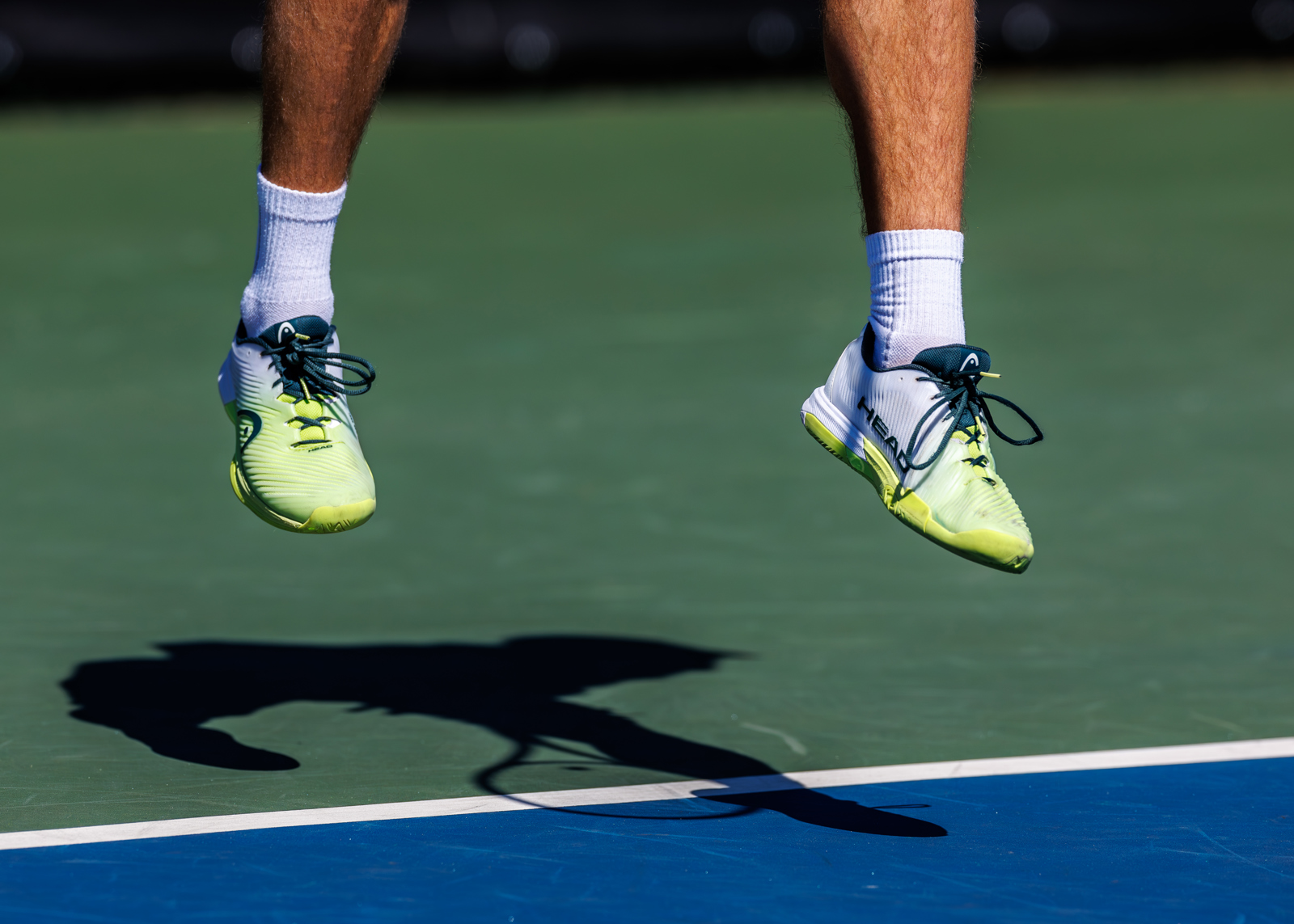
What happens in a Tennis Anti-Doping Case?
It is important to note that no two cases are the same, and circumstances do vary.
The ITIA manages all cases following the Tennis Anti-Doping Programme (TADP) rules and the World Anti-Doping Code (WADC).
This is a summary of the process, and there may be further steps depending on the substance involved or the circumstances.
The rules in full can be found by clicking here.

Testing
Anti-Doping testing takes place throughout the year, at all levels. Players can be tested both in and out of competition, where urine, blood or dry blood spot (DBS) samples can be collected.
Players cannot refuse or evade a test. Reports of evasion or refusal will trigger an investigation, from which charges may apply.
All tests are undertaken by fully trained doping control personnel.
Next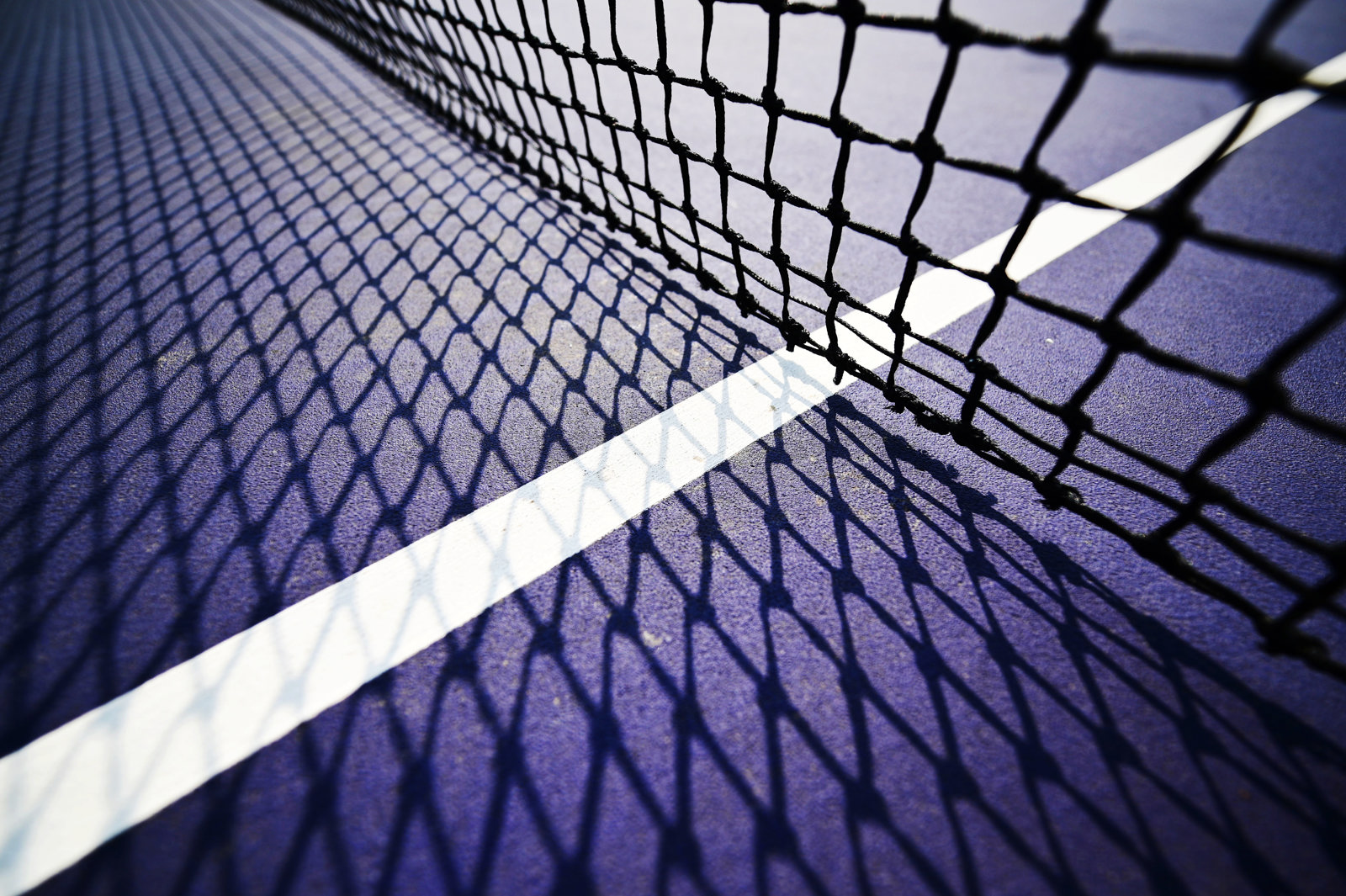
What happens to the samples?
Samples are securely packaged, anonymised, and sent to a (WADA)-accredited laboratory. The laboratory will test the samples for substances on the (WADA) Prohibited List. The laboratory will not be able to identify the player whose sample they are testing.
Next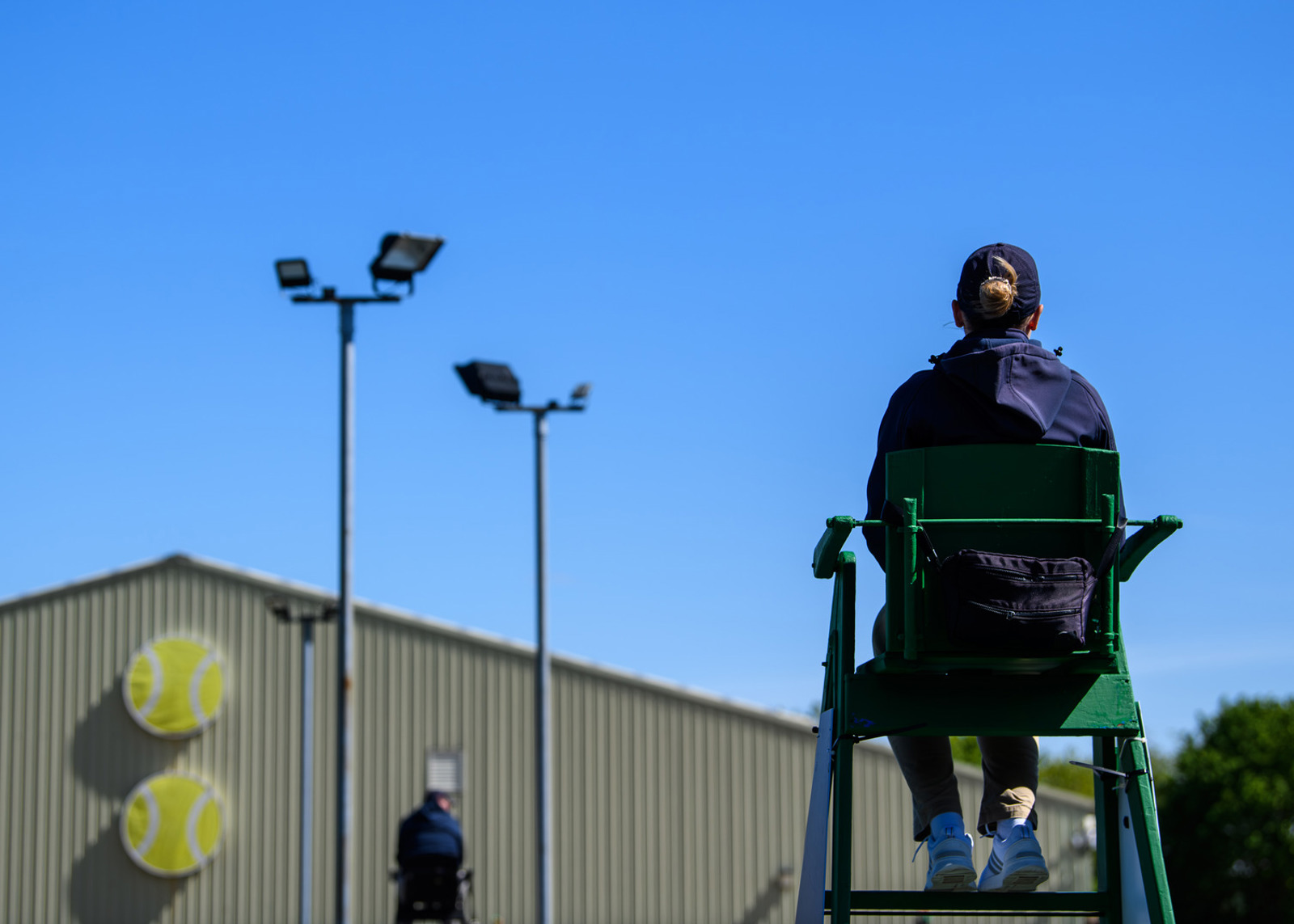
Adverse Analytical Finding (AAF) reported
If the lab identifies a prohibited substance in the sample, they will inform the ITIA. Following this, the ITIA will gather full details and documentation, which will then be sent to its independent Anti-Doping Review Board, again without providing information that will enable identification of the player.
This independent group of experts will study the details and inform the ITIA if they believe there is a case to answer. AAFs can be for either non-specified substances or specified substances (more likely to have a credible non-doping explanation).
Next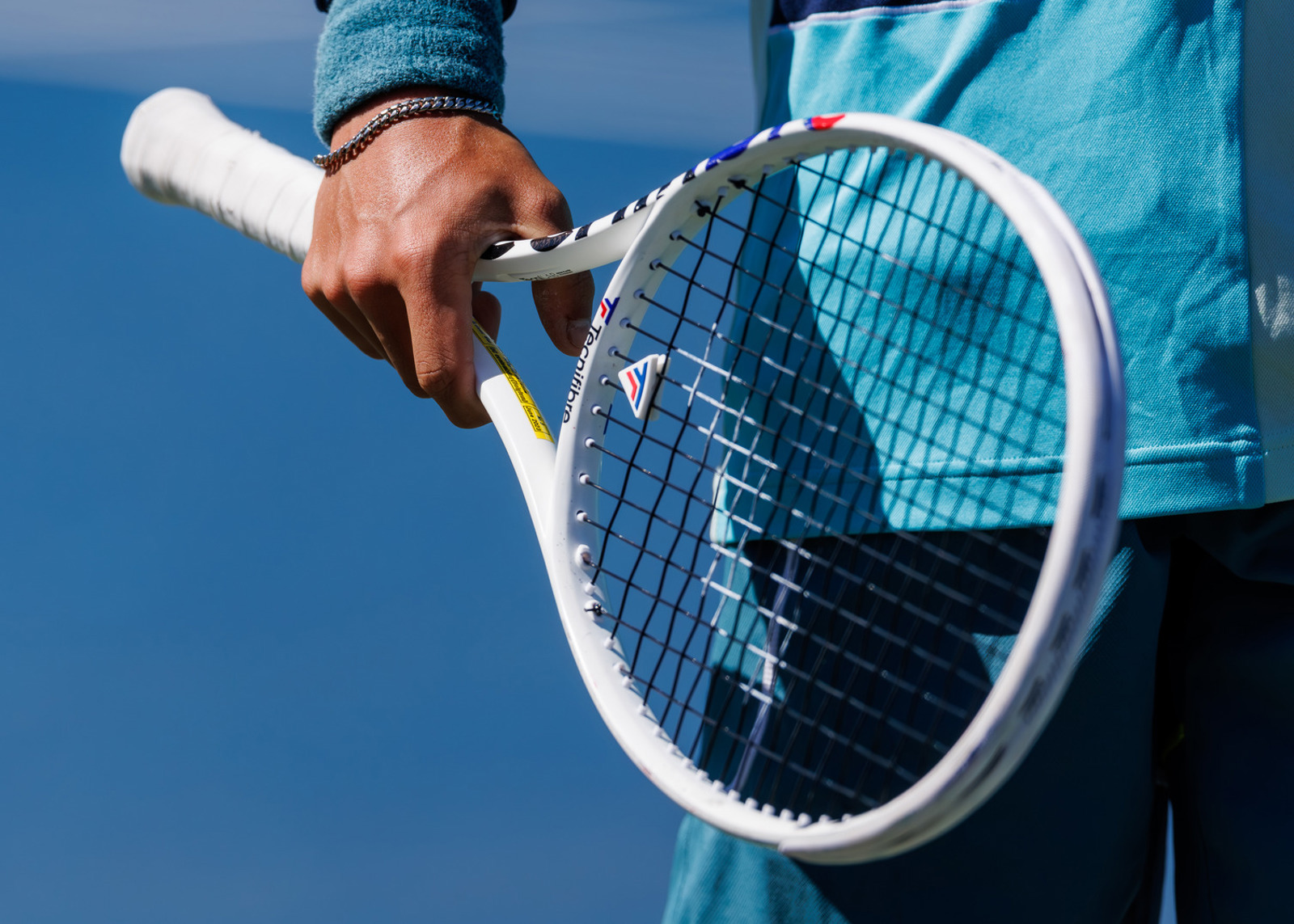
Player contacted
The player will initially receive a ‘pre-charge notice’ from the ITIA setting out the details of the finding and next steps. They are given two weeks to explain the circumstances. They also have the option of having the B sample tested, where they can attend or send a representative.
A player may also be interviewed by an ITIA investigator at this stage (as well as later in the investigation).
If applicable, it is at this stage that a player may seek to apply for a retroactive Therapeutic Use Exemption (TUE) from the ITIA’s TUE Committee, who will review the player’s reasons and if there is a genuine therapeutic reason and sufficient medical evidence for the player to have used the prohibited substance, will grant a TUE. If this happens, the case is closed.
Next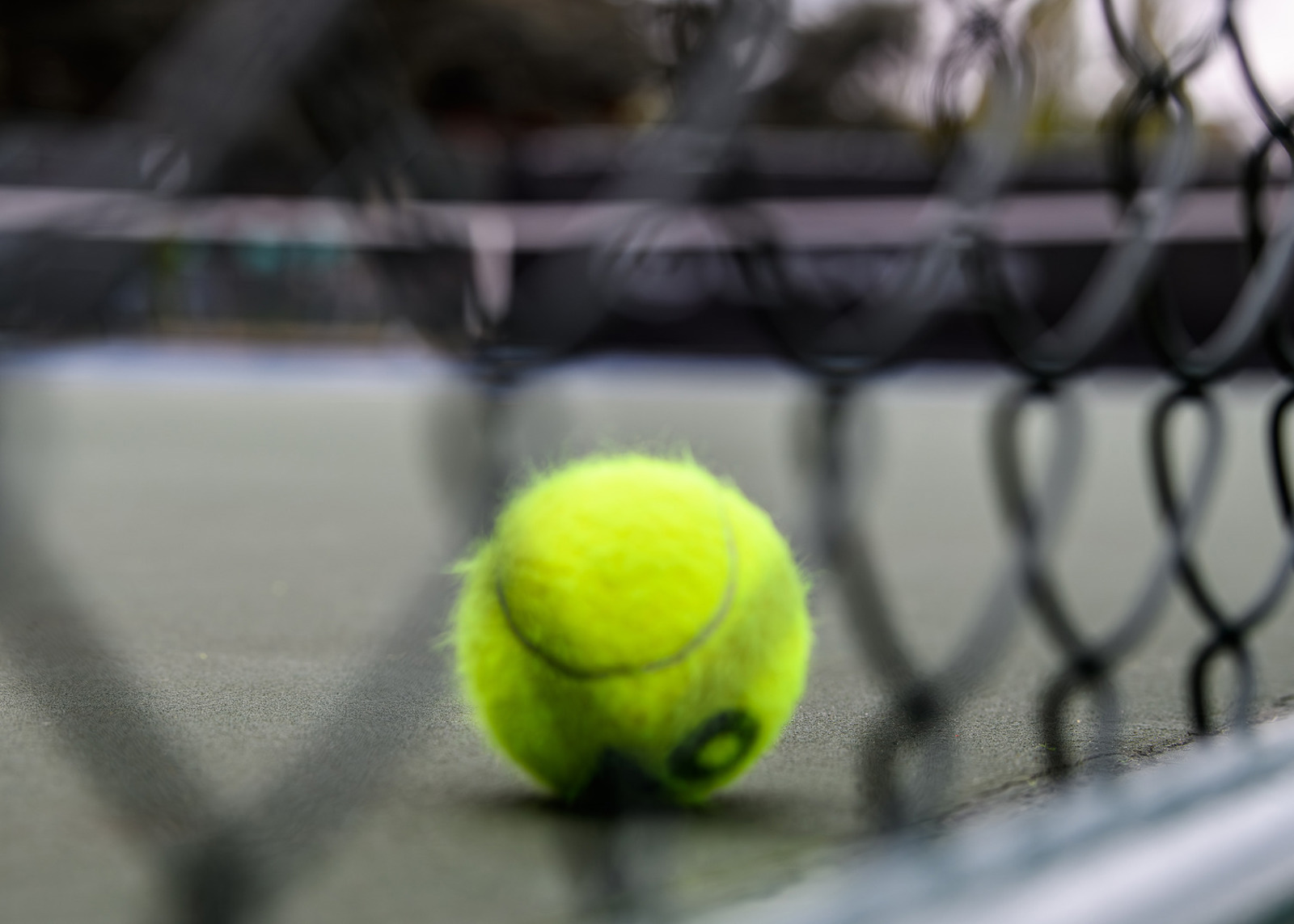
Provisional suspensions
Confirmed findings for non-specified substances will result in an automatic provisional suspension.
A player may appeal a provisional suspension to an independent tribunal chair (appointed by Sport Resolutions). If the appeal is successful, the provisional suspension will be lifted, and the player can continue to compete whilst an investigation takes place. If the appeal is dismissed (or the provisional suspension is not appealed), then it will be announced publicly after a minimum of 10 days have passed after the pre-charge letter was sent.
In the case of findings relating to specified substances, or other anti-doping rule violations (such as whereabouts failures, test evasion, etc), a player may accept a voluntary provisional suspension which will be credited against any final sanction. These are also publicly disclosed.
Next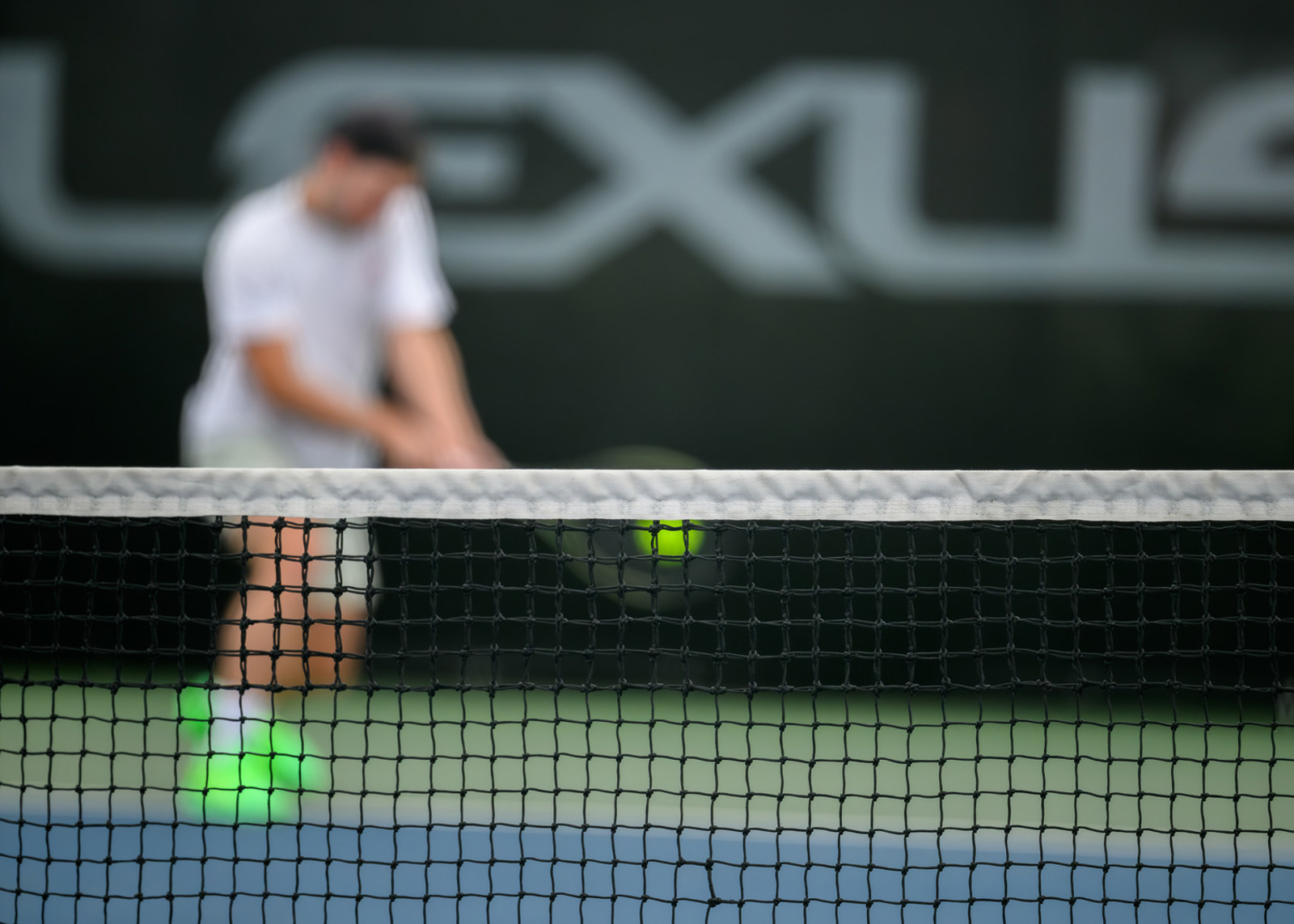
Player charged
The ITIA will review the player’s response to the pre-charge notice, request further information and / or interview them (and other relevant people). If there is a case to answer, the player will formally be charged with an anti-doping rule violation – in the case of a finding from a sample, this will most likely be a charge of use / attempted use and presence of a prohibited substance.
The player has 20 days to respond to the charge letter and confirm whether they admit or deny the charges.
Next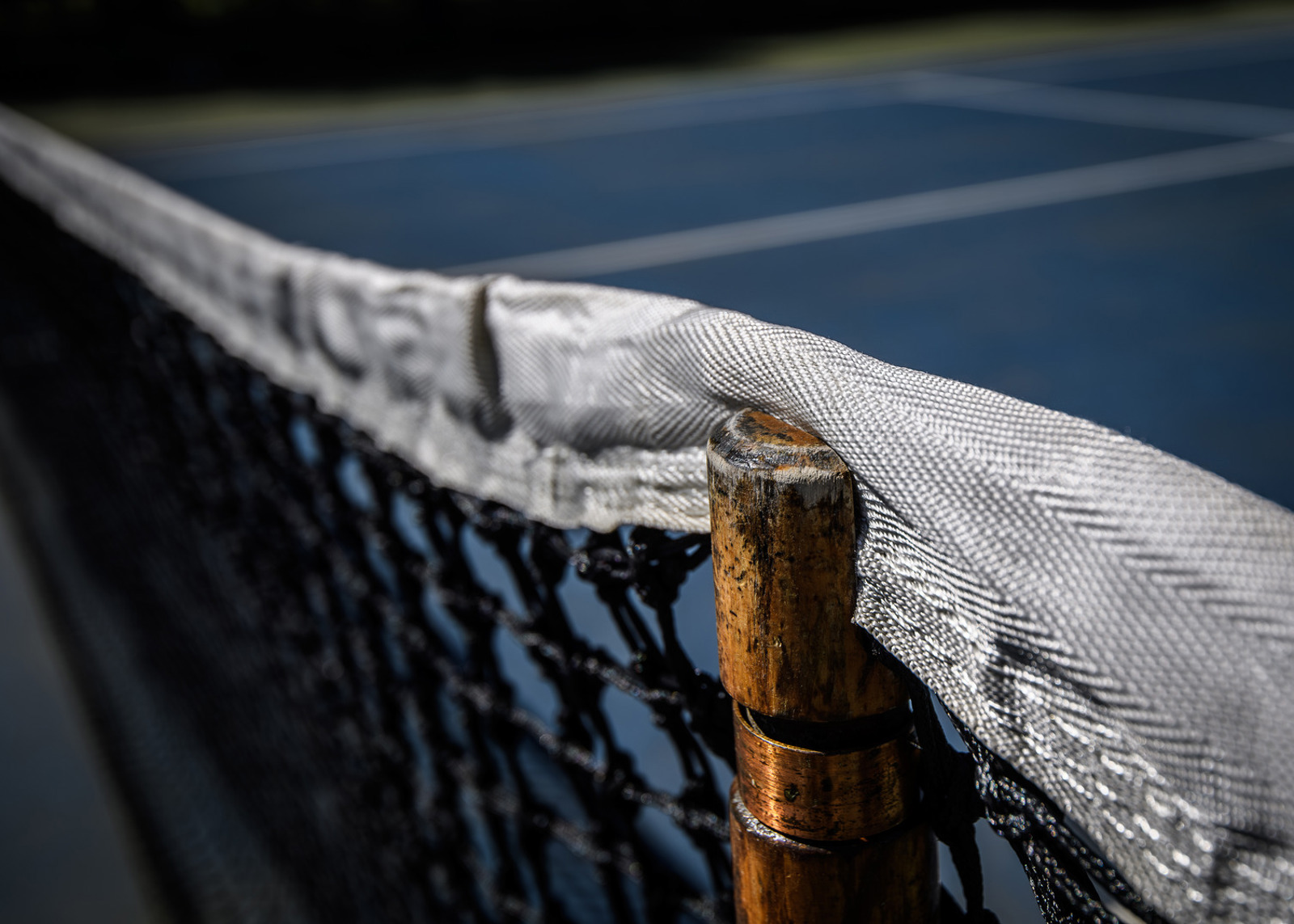
If a player admits
If a player admits to a charge, and so a hearing is not necessary, this may result in a reduced sanction. In this instance, a sanction will be offered to the player by the ITIA in line with the World Anti-Doping Code (WADC).
Next
If a player claims unintentional doping
If the player claims the anti-doping rule violation is unintentional or inadvertent, they will need to clearly set out an explanation as to the source of the finding and supporting evidence.
If, for example, the claim is that supplements have been contaminated, then the evidence may come in the form of external scientific testing of the supplements from the same batch. This can be a lengthy process and involve significant communication between the player and the ITIA, WADA-accredited laboratories, and other scientific experts.
Once this process is complete, if the ITIA and its independent experts accept the explanation, a sanction may be offered to the player by the ITIA in line with the WADC. If there are fundamental disagreements between parties over the evidence, it will go to an independent tribunal.
Next
Hearing
Once both sides are satisfied they have the evidence they need to present their case, an independent tribunal is convened by Sport Resolutions.
While provisional suspension appeals are heard by one independent individual (the tribunal chair), a tribunal hearing is convened before a panel of three independent legal, medical or scientific experts, with no links to either party. A hearing can take place remotely or in person and is usually held over one day – although it can be longer if it is a particularly complicated case.
Next
Decision and sanction (after a hearing)
Once the panel has made its decision, the ITIA will publish the decision on its website and via a media release.
Next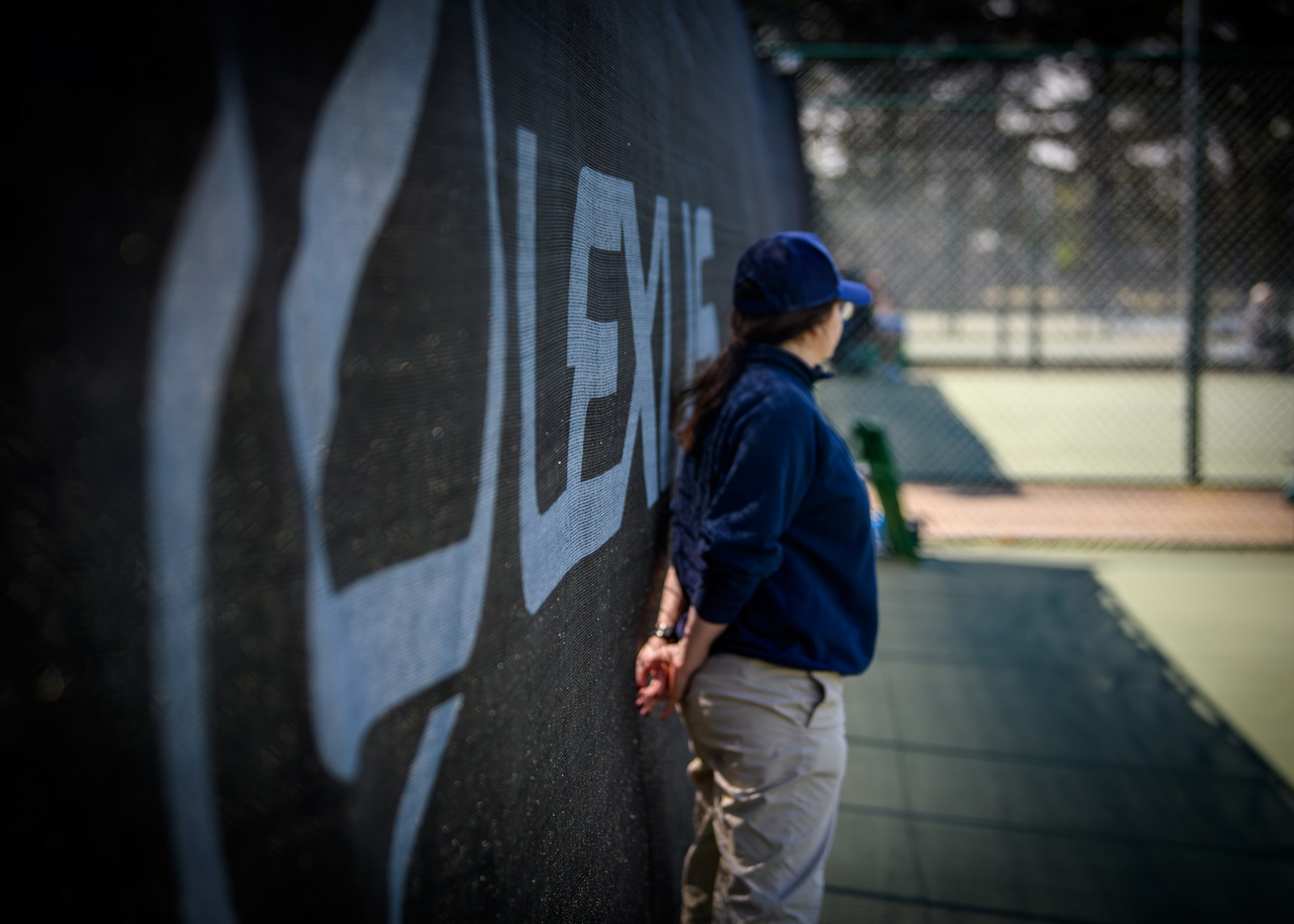
Appeal
Either side may appeal the decision of Sport Resolutions’ independent hearing panel to the Court of Arbitration for Sport (CAS) in Lausanne, Switzerland. WADA and the player's national anti-doping agency (NADO) also hold right to appeal. In Olympic or Paralympic contexts, the International Olympic Committee (IOC) or International Paralympic Committee (IPC) also hold appeal rights.
CAS will conduct another hearing to look again at the evidence and determine if the appellant has demonstrated that the outcome at first instance should be upheld or overturned.
The process before the CAS from the time of a player or the ITIA appealing through until receiving the CAS’ decision can take more than 12 months.

